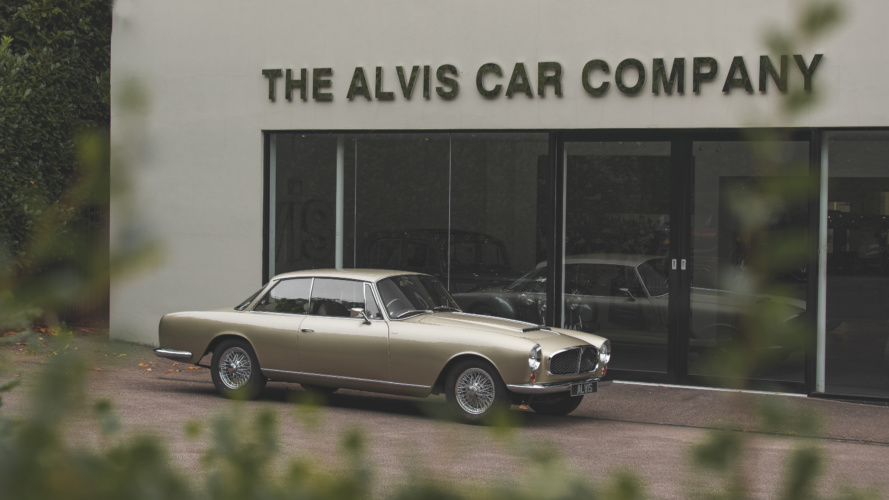Engineering an Alvis rebirth
One of the most celebrated names from the golden age of motoring has returned with a subtly re-engineered take on its most iconic designs. Chris Pickering reports.

In the case of the Alvis Car Company, the old adage that they “don’t make them like they used to” isn’t strictly true. The 103-year old British marque has put a series of its iconic models back into limited production, using the original blueprints and the same traditional methods.
Unlike some ‘reborn’ car brands there is a continuous thread that connects the modern company to its roots that were laid down in 1919. After Alvis was absorbed into British Leyland in 1965, much of what had been the road car side of the business was split off as an independent company called Red Triangle.
Red Triangle’s job was – and still is – to provide servicing and support for the existing Alvis models. But the company’s capabilities slowly expanded to include full ground-up restorations. In 2008, the company bought back the Alvis trademark, and two years later it announced a series of continuation models. These were initially based around the pre-war 4.3-litre cars, but the range has since expanded to include a selection of post-war 3-litre designs.
Register now to continue reading
Thanks for visiting The Engineer. You’ve now reached your monthly limit of premium content. Register for free to unlock unlimited access to all of our premium content, as well as the latest technology news, industry opinion and special reports.
Benefits of registering
-
In-depth insights and coverage of key emerging trends
-
Unrestricted access to special reports throughout the year
-
Daily technology news delivered straight to your inbox










UK Enters ‘Golden Age of Nuclear’
Anybody know why it takes from 2025 to mid 2030's to build a factory-made SMR, by RR? Ten years... has there been no demonstrator either? Do RR...